#java design patterns
Explore tagged Tumblr posts
Video
youtube
Micro Frontend Design Pattern for Microservices Explained with Examples ... Full Video Link https://youtu.be/VGD7ThzZ3qUHello friends, new #video on #microfrontend #designpattern for #microservices #tutorial for #api #developer #programmers with #examples are published on #codeonedigest #youtube channel. @java #java #aws #awscloud @awscloud @AWSCloudIndia #salesforce #Cloud #CloudComputing @YouTube #youtube #azure #msazure #codeonedigest @codeonedigest #programming #microfrontends #webdevelopment #howtolearnprogramming #coding #howtolearnprogrammingforbeginners #microfrontend #microfrontendarchitecture #microfrontendangular #microfrontendarchitecturereact #microfrontendarchitectureexample #microfrontendarchitectureangularexample #microfrontendpresentation #microfrontendproject #microfrontendprosandcons #microfrontendppt #microfrontendexample #microfrontendexplained #microfrontendtutorial
#youtube#microservice design pattern#design patterns#java design patterns#software design patterns#microfrontend design pattern#microfrontend#microfrontend pattern
1 note
·
View note
Text
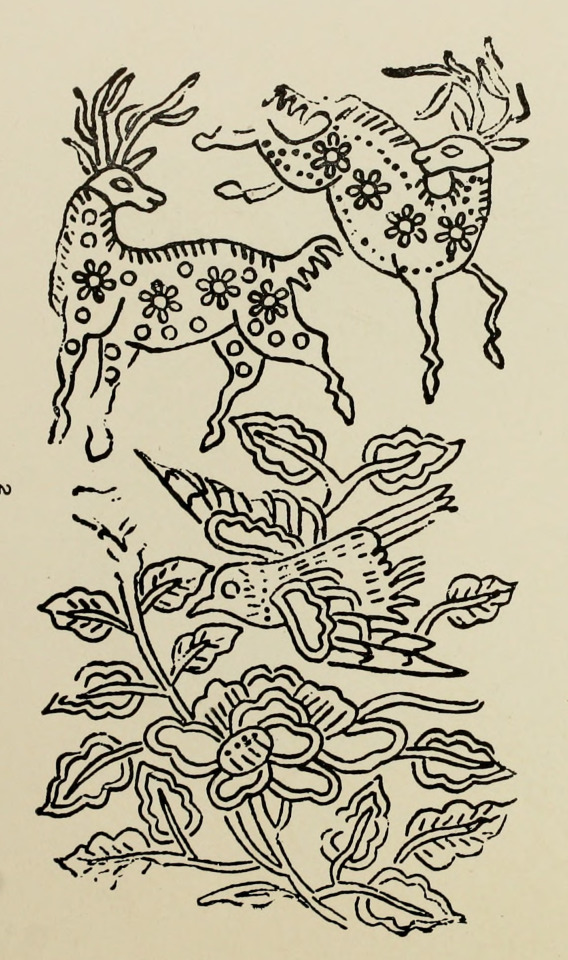
Spotted deer. Javanese batik designs from metal stamps. 1924.
Internet Archive
7K notes
·
View notes
Text
Learn how to code the object pool pattern by pre-allocating memory and reusing objects. Which can greatly improve performance when reusing short lived objects like bullets and particles.
This tutorial will show you how to create and manage a pool of bullet objects. For example, this is useful in shooter and bullet hell games which have thousands of bullets on the screen.
The tutorial is written in the Java programming language, and uses the free Processing graphics library and integrated development environment.
The object pool pattern can be especially useful with programming languages which use automatic garbage collection like Java, C#, JavaScript, Python, etc.
Since automatic garbage collection can stall your program and reduce your frame rates. The object pool pattern gives you more control over when the garbage collector comes to reclaim the memory.
The downside of the object pool pattern is that it complicates the life cycle of the object. Meaning you need to reset the variables of the object before you can reuse it. Since its variables are unlikely to match the defaults after repeated use.
There are a few ways to implement the object pool pattern, this tutorial will show you one method.
Walkthrough and full code example on the blog:
#gamedev#indiedev#tutorial#processing#programming#java#software#software design#software development#game development#coding#design patterns
19 notes
·
View notes
Text
Normally I just post about movies but I'm a software engineer by trade so I've got opinions on programming too.
Apparently it's a month of code or something because my dash is filled with people trying to learn Python. And that's great, because Python is a good language with a lot of support and job opportunities. I've just got some scattered thoughts that I thought I'd write down.
Python abstracts a number of useful concepts. It makes it easier to use, but it also means that if you don't understand the concepts then things might go wrong in ways you didn't expect. Memory management and pointer logic is so damn annoying, but you need to understand them. I learned these concepts by learning C++, hopefully there's an easier way these days.
Data structures and algorithms are the bread and butter of any real work (and they're pretty much all that come up in interviews) and they're language agnostic. If you don't know how to traverse a linked list, how to use recursion, what a hash map is for, etc. then you don't really know how to program. You'll pretty much never need to implement any of them from scratch, but you should know when to use them; think of them like building blocks in a Lego set.
Learning a new language is a hell of a lot easier after your first one. Going from Python to Java is mostly just syntax differences. Even "harder" languages like C++ mostly just mean more boilerplate while doing the same things. Learning a new spoken language in is hard, but learning a new programming language is generally closer to learning some new slang or a new accent. Lists in Python are called Vectors in C++, just like how french fries are called chips in London. If you know all the underlying concepts that are common to most programming languages then it's not a huge jump to a new one, at least if you're only doing all the most common stuff. (You will get tripped up by some of the minor differences though. Popping an item off of a stack in Python returns the element, but in Java it returns nothing. You have to read it with Top first. Definitely had a program fail due to that issue).
The above is not true for new paradigms. Python, C++ and Java are all iterative languages. You move to something functional like Haskell and you need a completely different way of thinking. Javascript (not in any way related to Java) has callbacks and I still don't quite have a good handle on them. Hardware languages like VHDL are all synchronous; every line of code in a program runs at the same time! That's a new way of thinking.
Python is stereotyped as a scripting language good only for glue programming or prototypes. It's excellent at those, but I've worked at a number of (successful) startups that all were Python on the backend. Python is robust enough and fast enough to be used for basically anything at this point, except maybe for embedded programming. If you do need the fastest speed possible then you can still drop in some raw C++ for the places you need it (one place I worked at had one very important piece of code in C++ because even milliseconds mattered there, but everything else was Python). The speed differences between Python and C++ are so much smaller these days that you only need them at the scale of the really big companies. It makes sense for Google to use C++ (and they use their own version of it to boot), but any company with less than 100 engineers is probably better off with Python in almost all cases. Honestly thought the best programming language is the one you like, and the one that you're good at.
Design patterns mostly don't matter. They really were only created to make up for language failures of C++; in the original design patterns book 17 of the 23 patterns were just core features of other contemporary languages like LISP. C++ was just really popular while also being kinda bad, so they were necessary. I don't think I've ever once thought about consciously using a design pattern since even before I graduated. Object oriented design is mostly in the same place. You'll use classes because it's a useful way to structure things but multiple inheritance and polymorphism and all the other terms you've learned really don't come into play too often and when they do you use the simplest possible form of them. Code should be simple and easy to understand so make it as simple as possible. As far as inheritance the most I'm willing to do is to have a class with abstract functions (i.e. classes where some functions are empty but are expected to be filled out by the child class) but even then there are usually good alternatives to this.
Related to the above: simple is best. Simple is elegant. If you solve a problem with 4000 lines of code using a bunch of esoteric data structures and language quirks, but someone else did it in 10 then I'll pick the 10. On the other hand a one liner function that requires a lot of unpacking, like a Python function with a bunch of nested lambdas, might be easier to read if you split it up a bit more. Time to read and understand the code is the most important metric, more important than runtime or memory use. You can optimize for the other two later if you have to, but simple has to prevail for the first pass otherwise it's going to be hard for other people to understand. In fact, it'll be hard for you to understand too when you come back to it 3 months later without any context.
Note that I've cut a few things for simplicity. For example: VHDL doesn't quite require every line to run at the same time, but it's still a major paradigm of the language that isn't present in most other languages.
Ok that was a lot to read. I guess I have more to say about programming than I thought. But the core ideas are: Python is pretty good, other languages don't need to be scary, learn your data structures and algorithms and above all keep your code simple and clean.
#programming#python#software engineering#java#java programming#c++#javascript#haskell#VHDL#hardware programming#embedded programming#month of code#design patterns#common lisp#google#data structures#algorithms#hash table#recursion#array#lists#vectors#vector#list#arrays#object oriented programming#functional programming#iterative programming#callbacks
19 notes
·
View notes
Text
Records and data transfer in Java
So a colleague of mine was curious about the Data Transfer Object pattern, DTOs and specifically Records in Java, so I decided to write smth about that. You can find it here:
#coding#codeblr#development#developers#code#ladyargento#web development#webdev#programming#java#design patterns#learning
4 notes
·
View notes
Text
Binary Search in Java
Let us see the definition of binary search in Java:
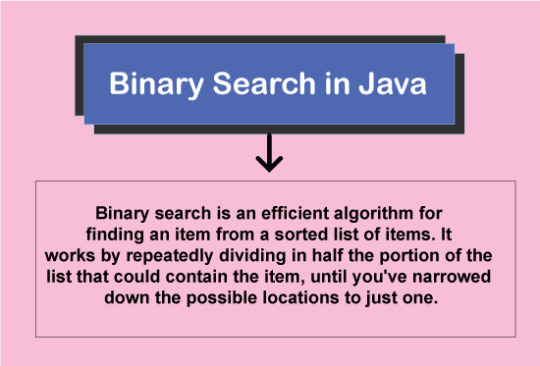
#java#programming#javaprogramming#code#coding#engineering#computer#computerscience#computertechnology#software#softwaredevelopment#education#technology#design#patterns#online
1 note
·
View note
Text
Do you know the Facade Pattern?
youtube
#java#100daysofcode#coding is fun#design patterns#python#python for beginners#coding#programming#software#technology#internet#javaprogramming#developer#software development#java for beginners#python programming#pythonprojects#facade#architecture#pattern#Youtube
0 notes
Text
Crane and Flower Pattern Tank Top
Crane and Flower Pattern Tank Top Click to Buy at Amazon.com Hidemi Woods runs an original design brand ERIZEN

View On WordPress
#bird#cool#fashon#floral#floral designs#flower#Flower Pattern#flowers#goods#Japan#Japanese#japanese culture#Java Sparrow#Kyoto#original goods#Originaly Design#Originaly Designed#Premium T-Shirts#sports#sports wear#T-shirt#T-shirts#Tank Top#tanktop#Tshirt#Tshirts
1 note
·
View note
Text
Flux Design Pattern using TypeScript in React
Flux is an interesting unidirectional architectural design pattern introduced by Facebook for React. React has unidirectional binding, unlike Angular which has bidirectional binding. It is the same pattern used by in Redux, which is very popular JavaScript library for statement management. It is important to know that Redux is not the only state management library, other possible choices are…
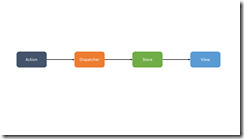
View On WordPress
0 notes
Text
i 100% absolutely cannot i repeat CANNOT allow myself 2 fail this course bc this is my last chance at taking it otherwise im removed from the program but i
cannot make myself do the work. i can't start. we're halfway thru the term ive lost a HUGE percentage of the grade already and i sit down 2 start googling how tf to do what i need 2 do and i fucking c a n t and now the whole course has become this hot-stove-item in my brain and im lying in bed practically vibrating with anxiety abt to let another (re-negotiated!!!!!!!) deadline pass and like!!! why am ilike this!!!!!!
ANYWAYS if any of yall know literally fuckall abt python...... pls........ 🙏 help........ 🙏
#if i could just figure out how 2 get started but like..... what does a python project even LOOk LIKE???#whats the file structure??? is it like java with classes?? how many files should i even end up with???#i hate college#literally just thinking abt this project in order 2 write this post has me on the verge of crying#how hard can it possibly be. and yet. 💀#nothing worse than asking 4 an extension then fucking that up too ohhh my godddd#in theory i agree w/ the principle of a self directed course where u gotta teach urself bc obvs thats important in coding but.....#i am very small. and very stupid. and need some1 2 hold my hand thru the dreaded Getting Started process#except i shouldve been Getting Started 7 weeks ago not uhhh 4 or 5 deliverables tho#technically. TECHNICALLY. i can still pass. maybe. theres 60 marks remaining. so far i have................................................5#:(#gotta uhhhh use a record object and file i/o and a given dataset and smth smth CRUD functions smth smth MVC design pattern & idek what else#if ever there was a time 4 a random unexplained jet engine 2 take me out donnie darko style...... jus saying....
0 notes
Video
youtube
Blue Green Deployment Design Pattern for Microservices Explained for API... Full Video Link https://youtu.be/J8hcyR2C2ZsHello friends, new #video on #bluegreendeployment #microservices #designpattern #tutorial for #api #developer #programmers with #examples is published on #codeonedigest #youtube channel. @java #java #aws #awscloud @awscloud @AWSCloudIndia #salesforce #Cloud #CloudComputing @YouTube #youtube #azure #msazure #microservices #microservicesarchitecture #whataremicroservices #microservicestutorial #bluegreendeployment #bluegreendeploymentpattern #bluegreendeploymentinhindi #bluegreendeploymentwithjenkins #bluegreendeploymentaws #bluegreendeploymentawsecs #bluegreendeploymentkubernetes #bluegreendeploymentazuredevops #bluegreendeploymentwithecs #bluegreendeploymentprocess #bluegreendeploymentmethod #bluegreendeploymentexplained #designpatterns
#youtube#blue green deployment pattern#microservice patterns#microservices#microservice design pattern#java patterns#java design patterns#software design patterns#software patterns#blue green#blue green pattern
1 note
·
View note
Text
Enjolras (& Grantaire)
While not really a presence in what i'm usually writing about, I still wanted to design them. Enjolras certainly is more relevant than Grantaire when I'm writing about Marius, though. Sorry !
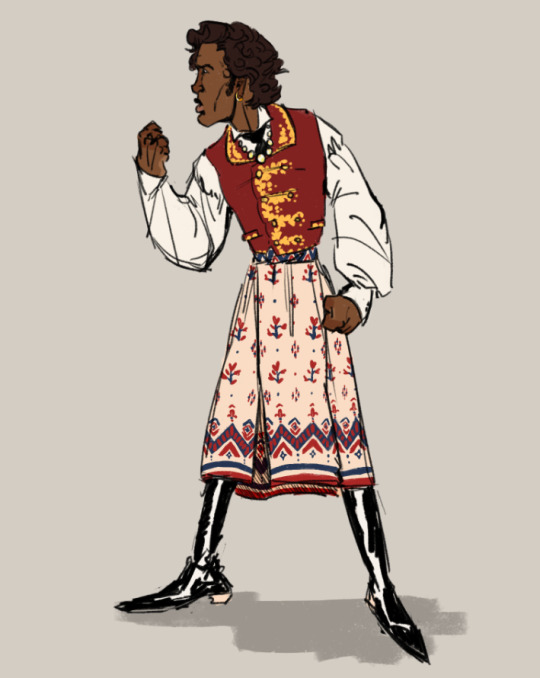
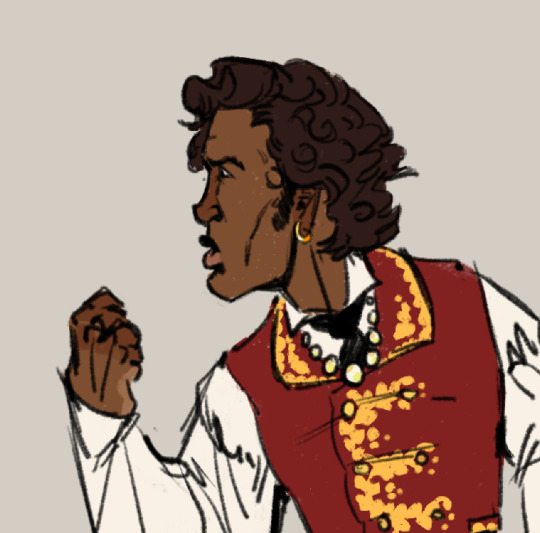
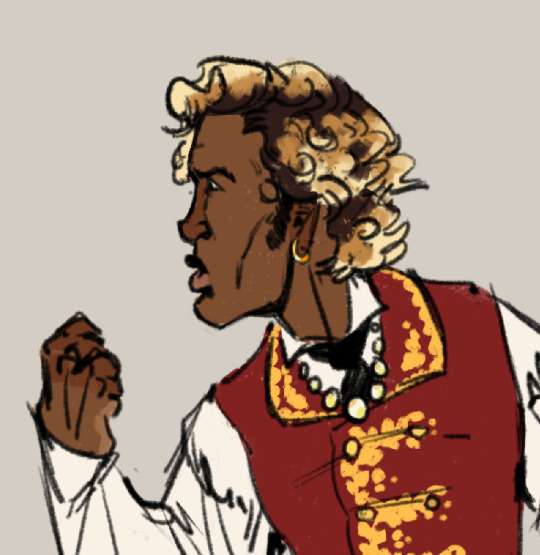
With a blond/..er, frosted tips? Version. Cause I know blondjolras is like canon and all but I'm not sure which I prefer.

Grantaire's design is still very much in the early stages, and whether it will ever leave them still remains to be seen . I didn't draw him in colour, but he is indeed ginger and taller than enjolras, thanks Kyle Adams! (With credit to Tom Hext)
So! Design details!
My Enjolras is Javanese. Representing this (to the best of my very british ability) is his sarong (the garment around his waist). While not Javanese in essence, Enjolras is not currently living in Java/Indonesia to be able to receive that direct cultural influence. Some batik (the name of the textile pattern) would have had european influence. This can be seen in the design I have created in the branches, which I tried to base on the tree brances seen on the symbol of the French Revolution.
Also on the batik is a fleur-de-lis, and alongside the french flag stipes on the trim, connects the indonesian to the french. Admittedly the addition of the fleur-de-lis doesnt really make much sense considering it wasn't particularly used much after the Revolution, so that might end up getting changed.
The necklace he wears is also javanese in origin - admittedly I should really have looked at a reference as they are NOT made from beads, so that would be an amendment for later, but he wears that also to represent his heritage. It also somewhat symbolises his more fortunate background.
His earring is simply for flair, however since they weren't particularly common, I guess it's him straying from the status quo.
Same goes for the bleached hair - purely to stand out. But I'm not sure if that's a permanent addition to his design yet.
In my first design I had him wearing trousers and shoes, but I've changed it to a pair of boots, as they are more militaristic in nature and practical.
As for grantaire... not much to say. He looks older than his days, a bit bloated, certainly his swollen alcoholic's nose too. Hair's grown long as he's stopped caring about getting it cut and styled at the barber, but hates how cropped hair makes his head feel cold. I'd say that's the situation with his beard too - can't be arsed getting it shaved.
Anyway.... next post will probably be about the old men, don't worry. Just needed to get this out of my system.
Any requests or questions about them or the other amis are totally welcomed - but i can't guarantee i'll have a decent answer past these 2 or courfeyrac. SORRY
84 notes
·
View notes
Text
Are you interested in contributing to the largest Minecraft prehistoric life mod?

PN is looking for new devs! Anyone with experience modeling, texturing or animating in BlockBench is wanted, as well as anyone with experience in Java coding, sound design, or writing/editing.
If you are interested, please join the Prehistoric Nature discord and dm the head developer, aecht_rob.
We would also appreciate if you shared this with anyone you think might be interested!
I have included Rob's more extensive description of available positions below, if you wish to know more details.
Modellers: anyone who can model creatures. We model using BlockBench. You would need to be able to do your own research about animal skeletal structure, and be flexible and responsive to criticism and accuracy advice. You would need to be able to follow the in-house style and patterns used by PN. We would prefer hugely that you could also texture models in the PN style. We provide in-house concept art for assistance.
Model animators: people who can produce animations inside of the BlockBench programme. We use these for mob movement, nesting, laying, eating, attacks, etc, as well as for whatever interesting spontaneous behaviours anyone wants to come up with. You need to be able to work under guidance about what is plausible and possible in terms of scientific knowledge. We provide internal advice about these matters. You would be liasing with our sound designers and modellers and palaeo-advisors.
Sound designers: people who can produce sounds for our creatures. Typically a set of several sound-variants is given for each creature, involving ambient, hurt and death; plus any extra sounds as needed by custom AI. You will need to look at models in BlockBench to understand timings of their animations, and should be familiar with the use of Audacity. We assist internally with access to resources and ideas and advice. You will need to be quite imaginative and resourceful and have a basic grasp of sound-editing.
Palaeopedia editors: this could be a range of different people, doing different parts: to act as the go-to person for the mod's Palaeopedia in terms of content. You would collate the entries, gather information from your own research and from the internal mod team discussions of each creature, and write, in good English, the Palaeopedia articles concisely and accurately; test formatting on the page in-game, and report issues like missing images and advancements; and so on. We will teach you how the relevant bits of code work to get these into the mod itself, and you should be happy that it is sometimes slightly technical. This might well extend to designing and setting poses for Taxidermy models too!
A java coder who knows modern Minecraft modding and modern Minecraft game mechanics: Someone who has written even basic java mods in modern Minecraft would be welcome to help and speed port things up (not MCreator). We're looking for someone flexible and able to work in a team and under guidance about code architecture and approaches: it's not a standalone role and is hoped to be collaborative. They should have worked with Minecraft java game code and (broadly) understand it.
43 notes
·
View notes
Text
Minecraft Sofit Letters and Misc Jewish Designs
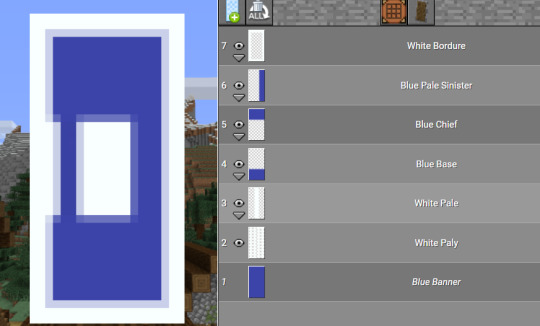
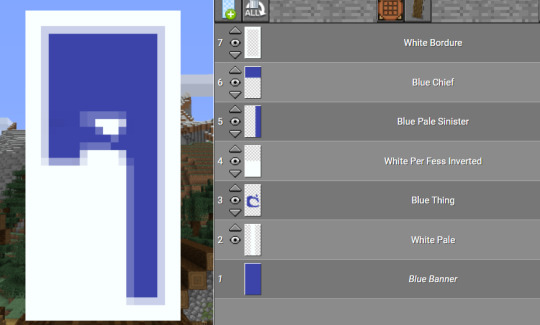
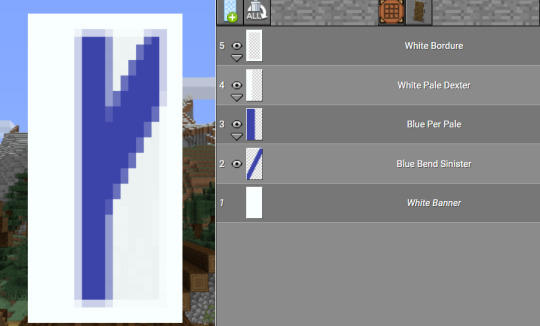
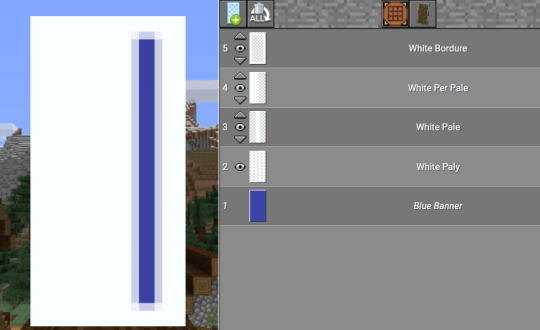
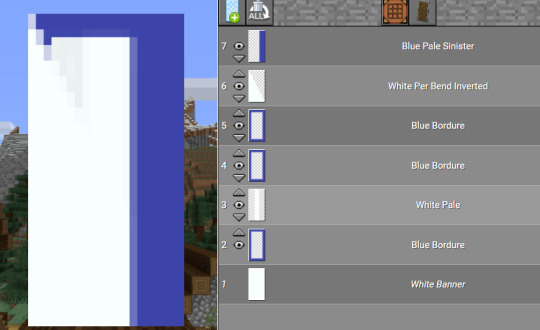
I am not a fan of the last one since it's not the same size as all the others as it was the only way i could get it to look different compared to

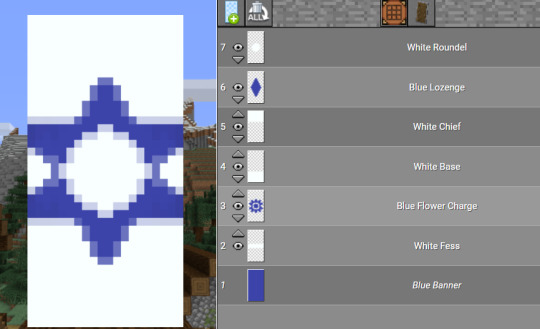
Mezuzah for the door!
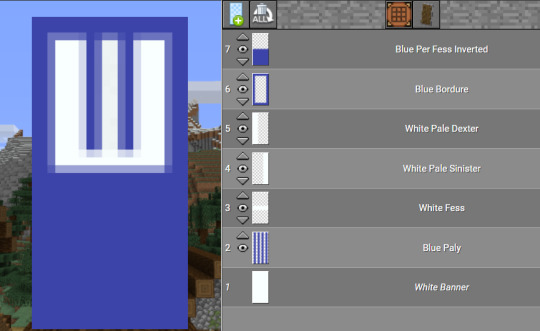
use this design or the first design for shin then place in an item frame or an invisible item frame if you are java creative and rotate ↗
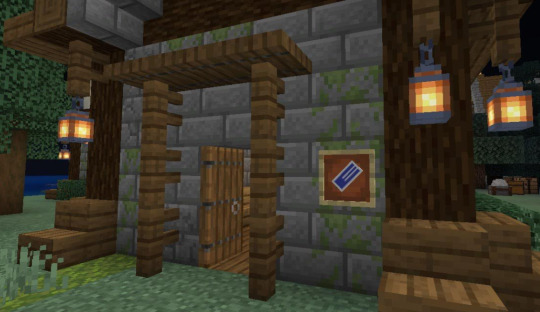
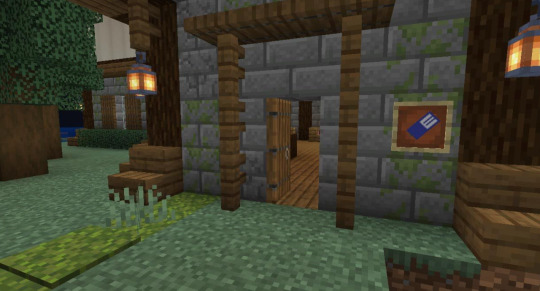
and as a bonus here are two shabbat candle designs
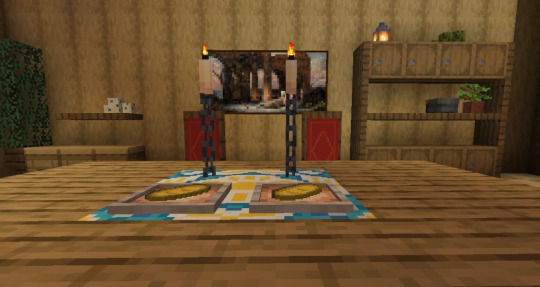
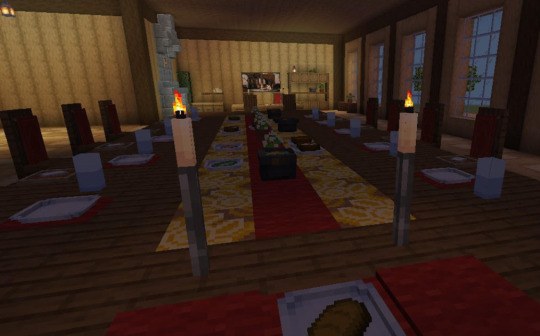
Letters א through ל
Letters מ through ת
Sofit Letters, Magen David patterns, Mezuzot, and Shabbos Candles
9 notes
·
View notes
Text
꒰ ͙ ❄ NO POSTS , PLS . ꒱


hey friends , this is NO POSTS , PLS , a landing page theme without posts coded with gif makers in mind who don't want the look of a standard theme . it has everything u need all on one , easy to edit page ! a space for to plug ur upcoming projects , a place for u to link everything . . . all wrapped up neat 'n pretty in this theme . keep in mind , it contains java so it is not suitable or designed to be used as a page . as per usual , let me know if u encounter any errors and i will do my best to troubleshoot asap !
if u intend on using this theme or just want to be a supportive hottie , please give this post a like and a reblog ! stay hydrated and be sure to pet a cute animal today ! mwuah !

ⅰ. THEME FEATURES .
x. optional footer wave design x. optional solid bar footer design x. accessible font size toggle x. upcoming projects section x. completed projects navigation w/ ten links set up to get u started ! there is a tutorial within the code to tell u how to add more for all those prolific creators out there ! x. simple , single sidebar at 200 x 140 px x. super cute , aesthetically pleasing container pattern x. a description area x. one single free link x. link to ur inbox x. for a more detailed compilation of credits and features , please see the google doc containing the code

͙ ❄ this theme is a patreon exclusive : want access ? consider signing up to join the fam - a - lam to get ur hands on this theme as well as my entire coding catalogue . click here to learn more !
source link directs to a live preview of NO POSTS , PLS .
#rph#rpt#rp theme#indie rp theme#premium theme#supportcontentcreators#mine#rec#for patreons#for patrons
25 notes
·
View notes
Text
Types of Design Patterns in Java
Let us see the types of design patterns in Java:
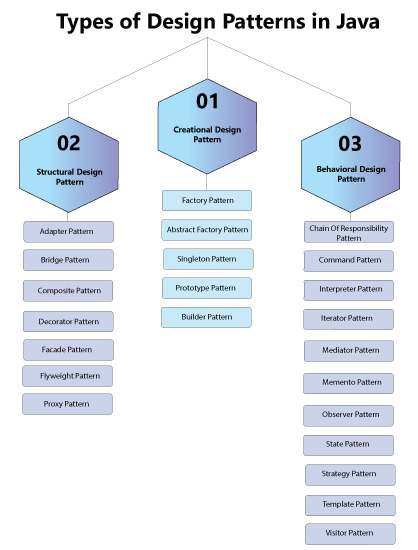
#java#programming#javaprogramming#code#coding#engineering#computer#computerscience#computertechnology#software#softwaredevelopment#education#technology#design#patterns#online
1 note
·
View note